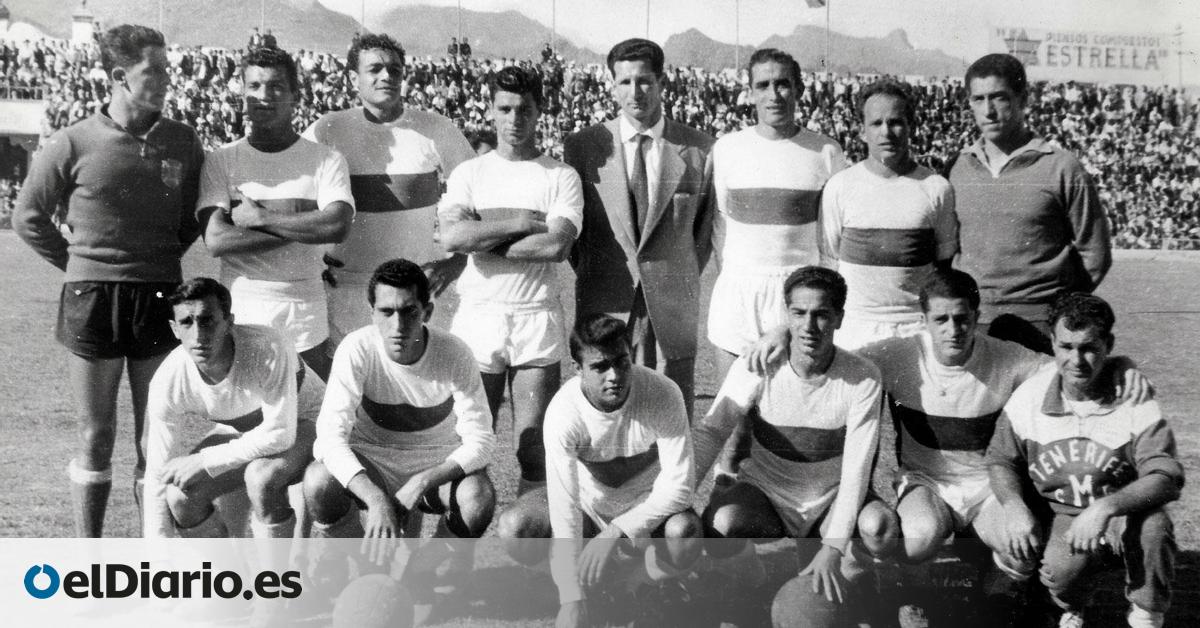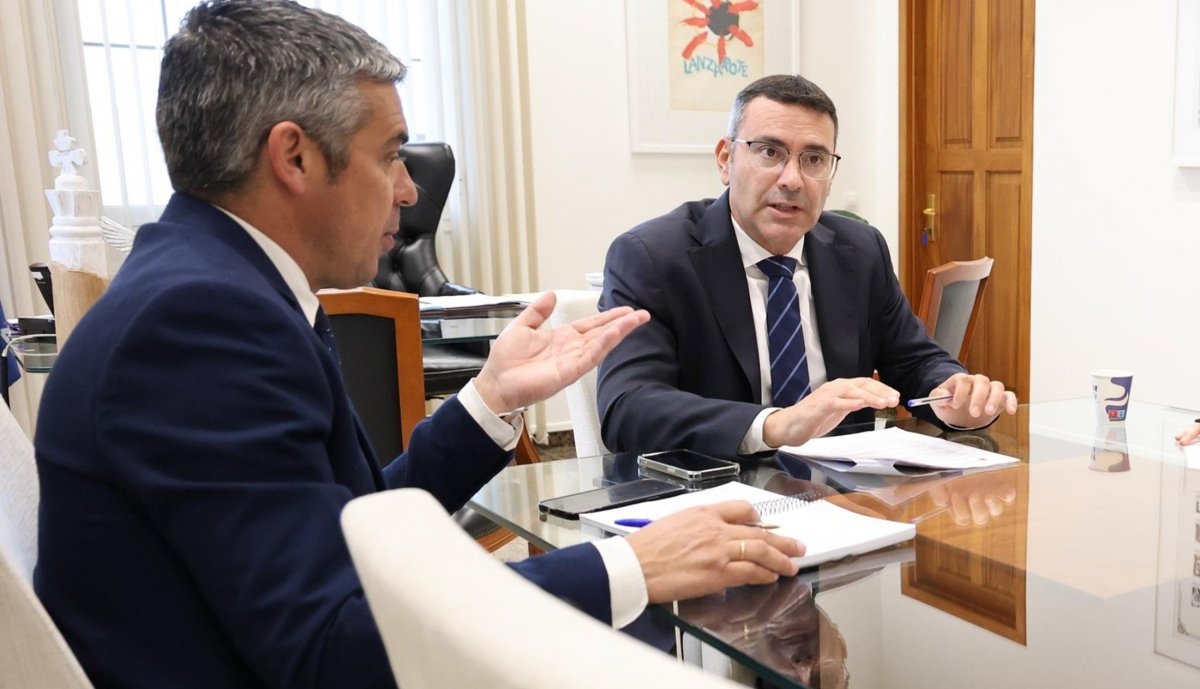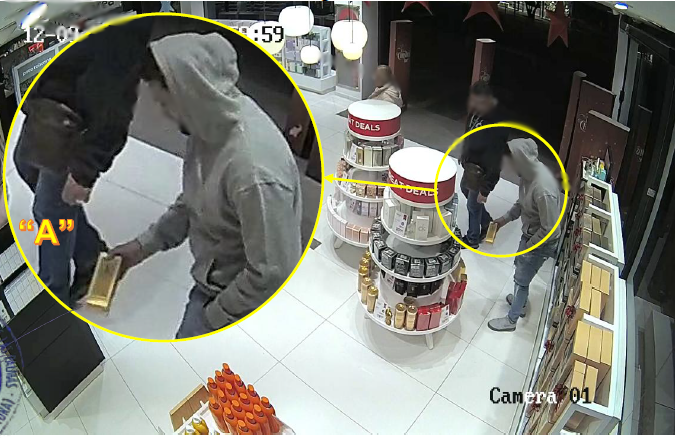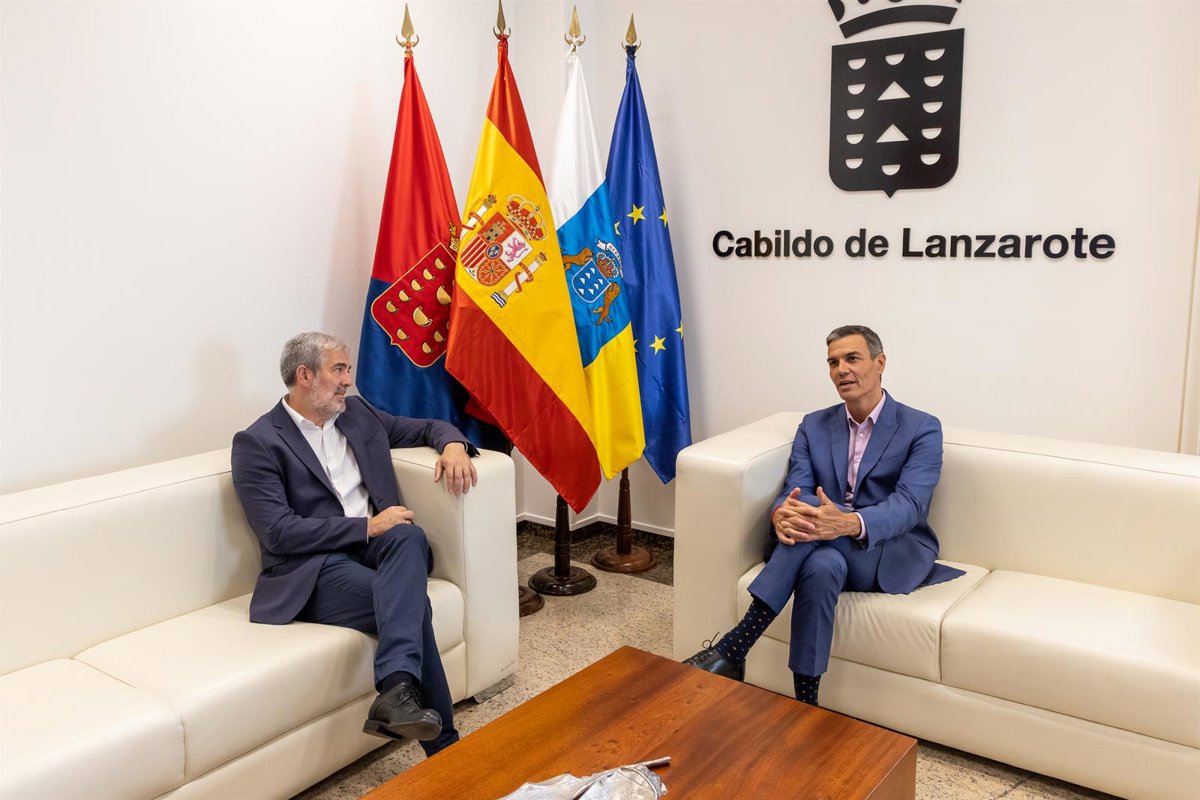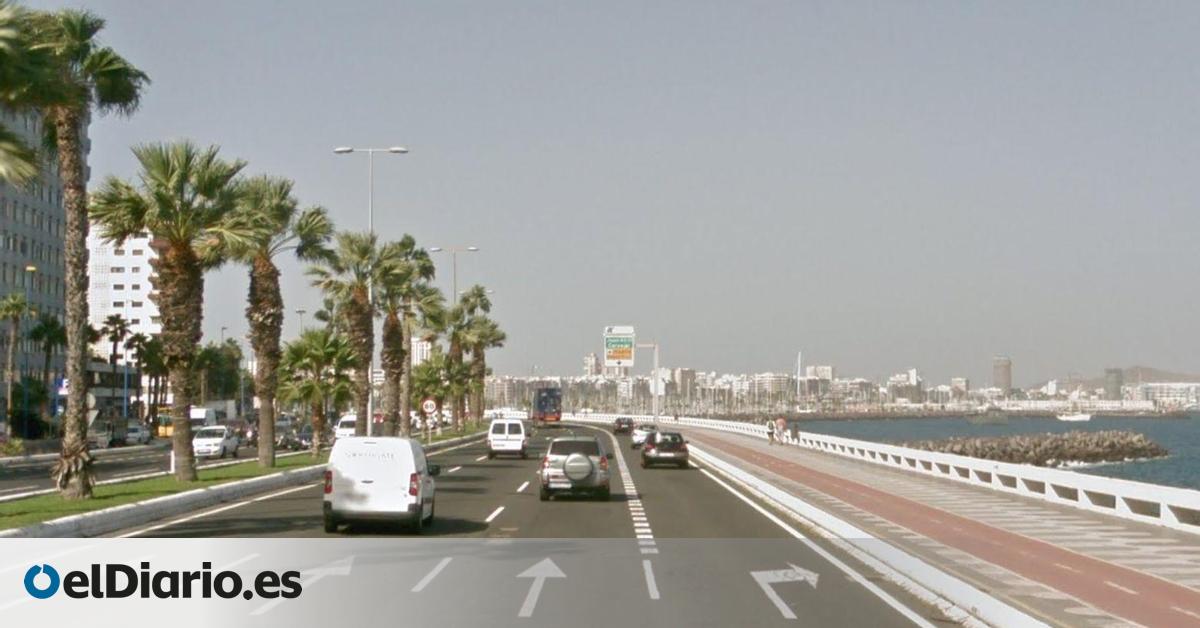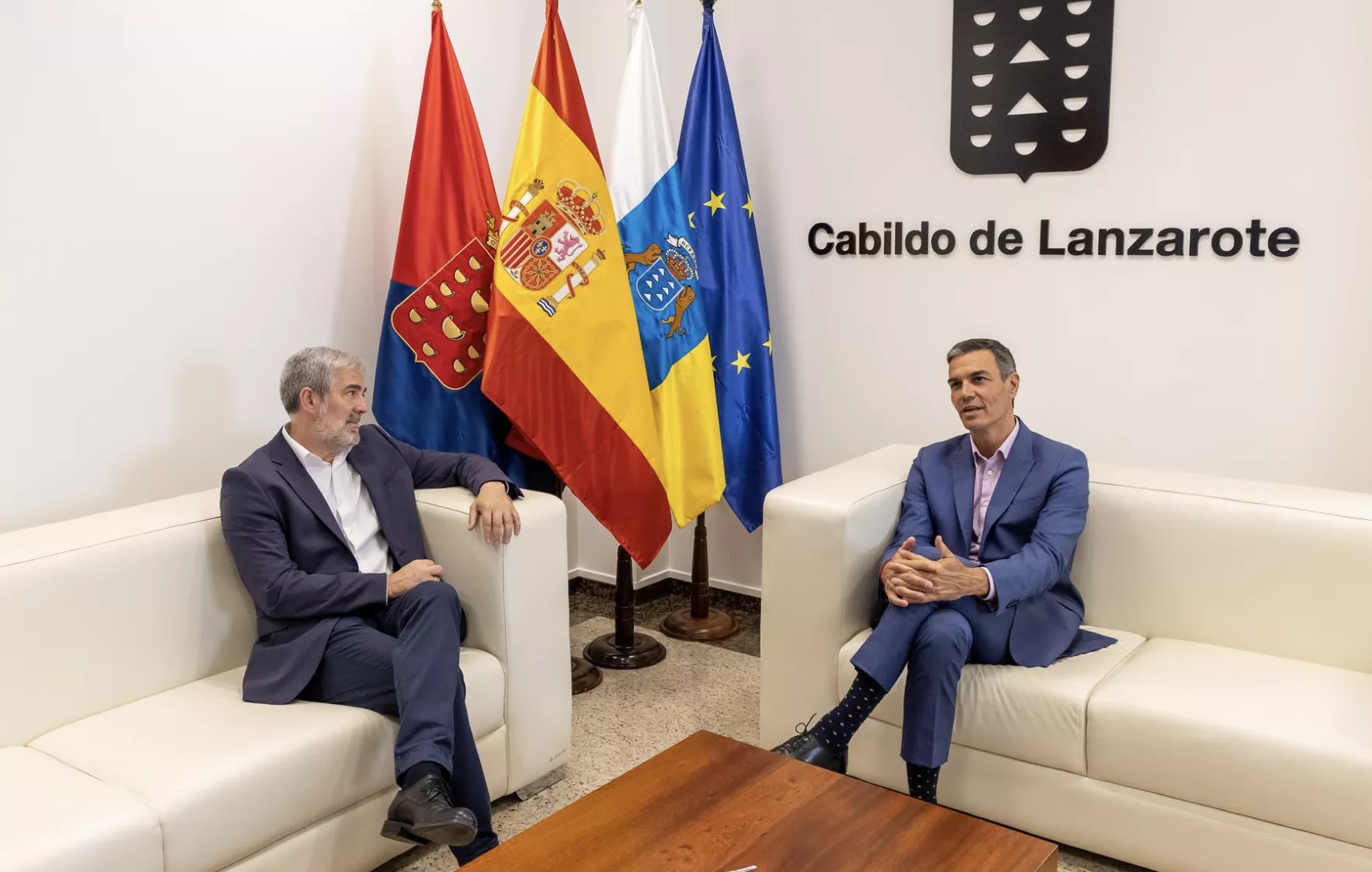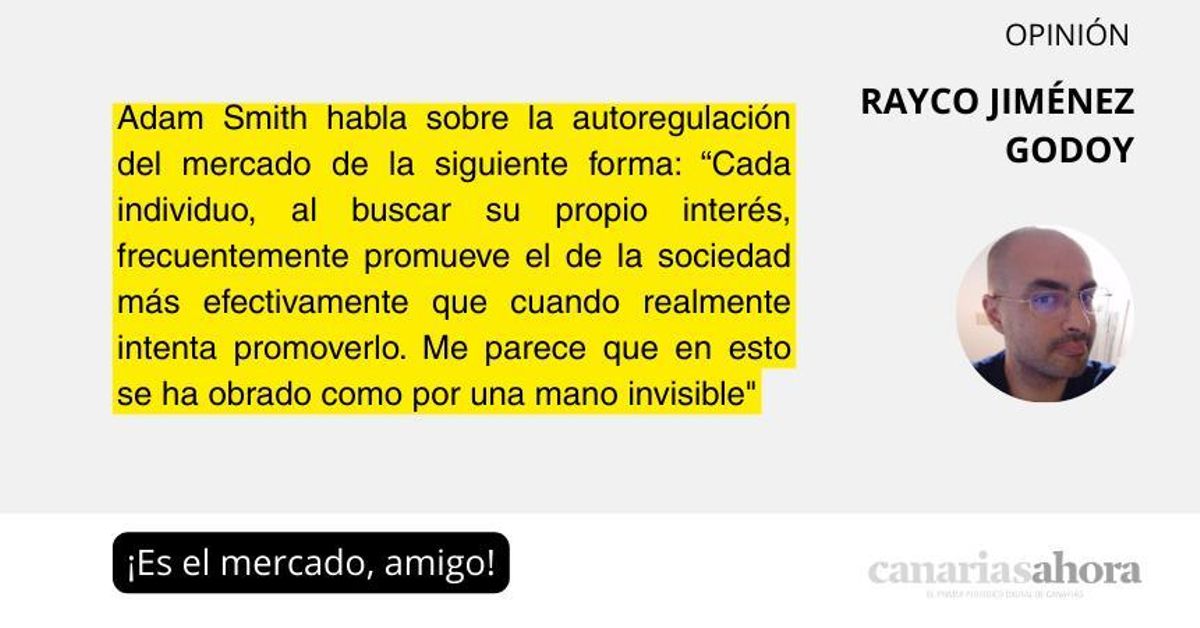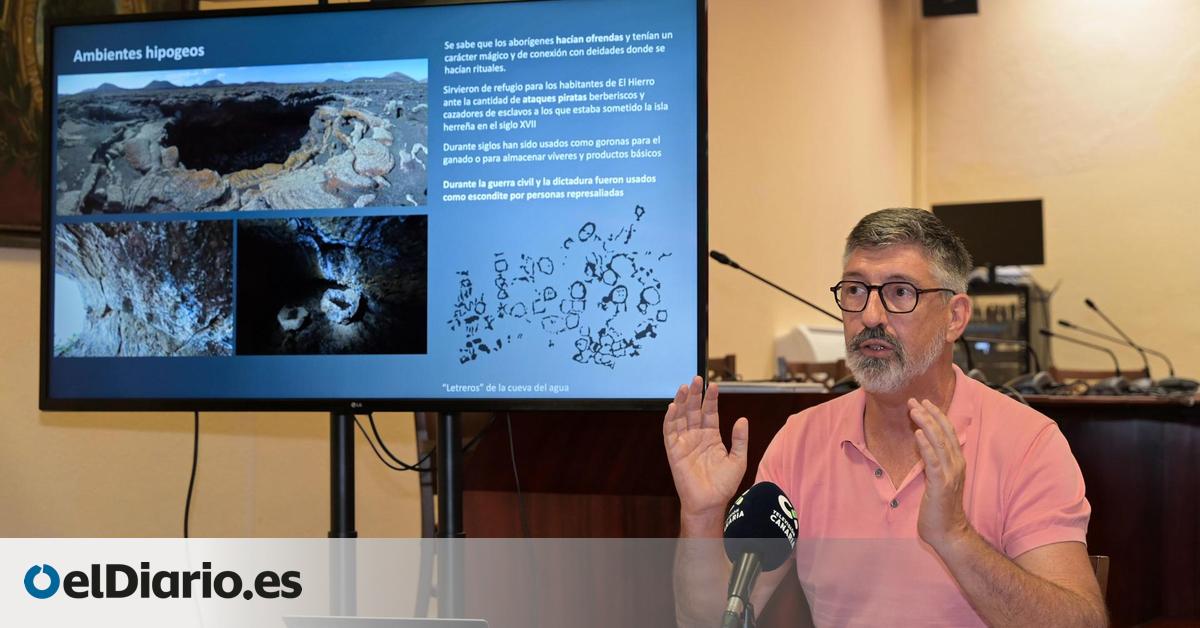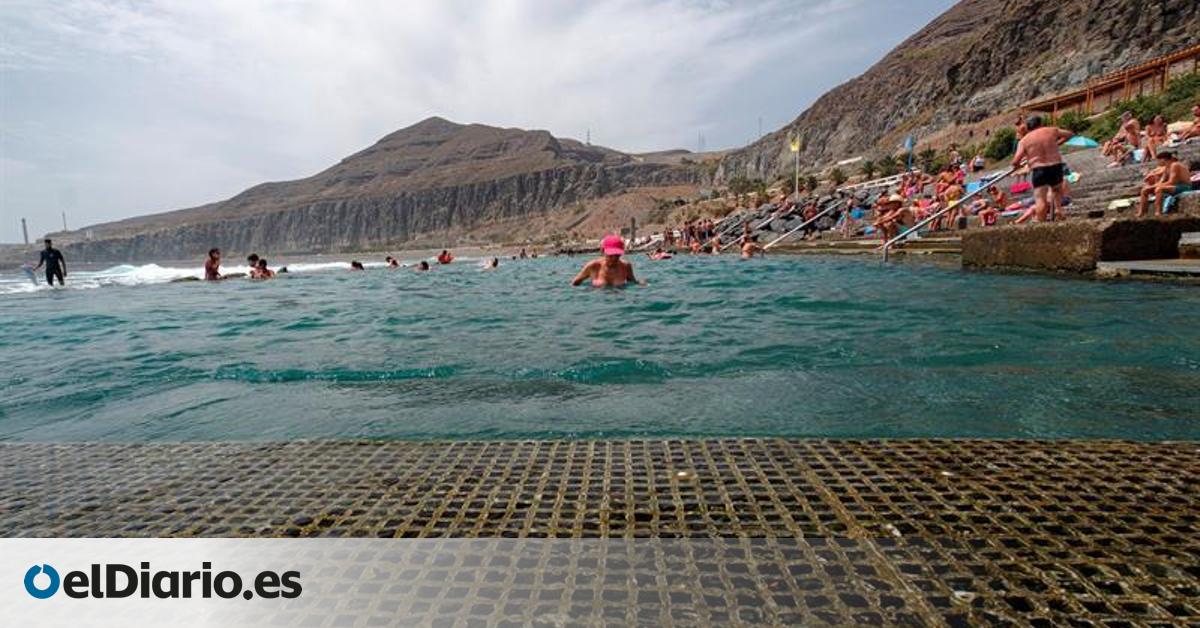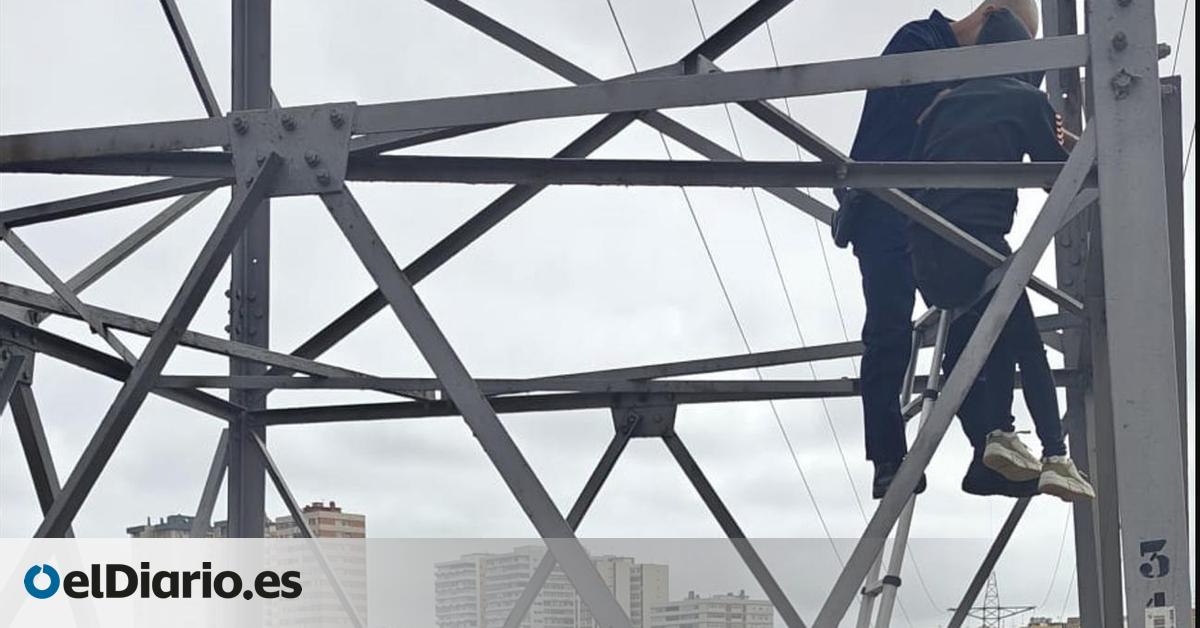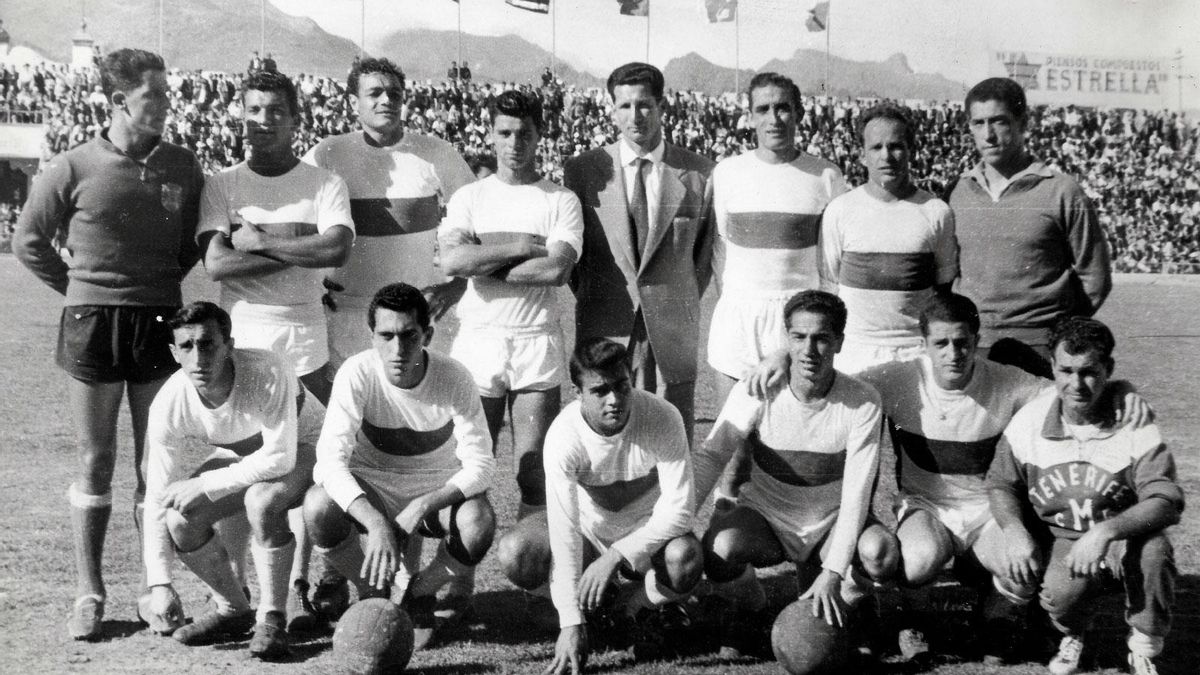
Insignia of gold and diamonds from the organisation, he played 226 matches in his eleven seasons in the club’s colours before presiding over the Tenerife Federation for 44 years and being ‘number 2’ of the Spanish Federation.
The former CD Tenerife footballer Juan Padrón (La Laguna, 25/2/1936) passed away this Monday at the age of 89. An attacking midfielder, but an all-round player capable of performing in nearly every position on the pitch, he defended the club over eleven seasons and 226 matches —including 26 goals— although his early retirement cut short a brilliant trajectory that placed him among the 25 players most frequently aligned in the club’s history.
Padrón Morales was a prime example of a precocious footballer who advanced through the ranks sooner than expected. First at Ciclón and then at San Juan —which he co-founded with his friend Alfonso Rodríguez Salas, known as Foncho, later a Tenerife, Barcelona and full international— at just fifteen years old he signed for Real Hespérides in 1951, a powerhouse of island football at the time, making his debut using a falsified licence as he did not meet the minimum age for the regional category.
Two seasons at the La Manzanilla ground fully showcased the virtues of that unselfconscious and gifted teenager who excelled in any attacking position within the customary 3-2-5 formation of the fifties.
Recently established in national football following his promotion in May 1953, CD Tenerife signed him in the summer of 1954 for him to gain experience in Santa Cruz, their then reserve team. Padrón fulfilled his role as an advanced player beyond his years at that destination. In the middle of the 54-55 Second Division championship, Carlos Muñiz —rescued by president Domingo Pisaca after the dismissal of José Planas— gave him the chance to start his successful career as a player for the club.
Padrón made his first-team debut on Sunday, 6 February 1955 —three weeks shy of his 20th birthday— during the visit to Tarrasa on matchday 22, which ended in a heavy defeat (3-0). He stayed in the starting eleven until closing that season with eight more appearances, a prelude to the regularity he displayed during the following decade until his unexpected and premature farewell.
Whether as a regular with the number 10 as an attacking midfielder on the left side or as a substitute in other positions due to injuries or suspensions —“except for goalkeeper and central defender, I played in all positions,” he recalled in an interview in Jornada Deportiva in 1979— Padrón became a mainstay in the line-ups of all the coaches he worked under.
As a result of that combination of talent and consistency, the Lagunero footballer was also a protagonist on the pitch during CD Tenerife’s first promotion to the First Division in the unforgettable season of 60-61. Under the guidance of Heriberto Herrera —“he knew how to get the most out of us, and hence the final success,” he maintained about the Spanish-Paraguayan coach— Padrón alternated between starting and substitute roles in the first third of the championship, but was indisputably a starter in the final segment.
That Tenerife made history with the unprecedented feat of a draw in Almendralejo (0-0), which secured promotion on the final matchday. Padrón, along with ten other standout players, remains in the collective memory of the club as a member of a line-up that, although only appearing in three of the 39 matches (League and Cup) that season, is regarded as the first team of that championship.
The confusion has an understandable explanation. In a packed Heliodoro, brimming with the imminent success that had never been experienced before, Herrera fielded a formation (Ñito, Colo, Correa, Álvaro, Villar, Borredá; Paquillo, Santos, José Juan, Padrón and Domínguez) in the penultimate league match that dominated Málaga with a resounding victory (5-0), which secured half the promotion and just one point left to add on the final date.
El Tenerife 61-62 started with a draw (0-0) during their visit to Real Madrid, featuring Cuco, Colo, Correa, Álvaro, Padrón, Borredá, Cándido (substitute goalkeeper); Paquillo, Larraz, Justo Gilberto, Aguirre and Beitia.
Padrón was then able to enjoy the privilege of playing in the First Division with the club of his life, participating in 23 of the 30 matches (and scoring once against Sevilla in a 3-3 at home), while turning down offers from Real Madrid, Atlético and Betis, and expanding his career as an all-round midfielder, acting as an advisor in the dressing room for any trainer and being a key figure among his teammates in facilitating salary improvements in discussions with the club’s management.
Upon returning to the Second Division, he was crucial for Eduardo Toba (62-63), less so for Gran Canaria’s Paco Campos (63-64) and almost unused for Satur Grech (64-65), when a clash with president López Gómez hastened his retirement at just 28, before the first half of the season had concluded. A last-minute offer from UD Las Palmas did not make him reconsider his decision.
After being dismissed from active football in the Tenerife-Málaga match on 11 October 1964, he began another equally successful career as a federation official. He was a co-founder of the Spanish Footballers’ Association (AFE), served as a councillor (1972-1977) and president (1979-2022) of the Tenerife Football Federation, was vice president of the Royal Spanish Football Federation, and sat on several UEFA and FIFA committees.
Juan Padrón is also credited —together with the Cabildo of Tenerife (under the presidency of Adán Martín) and the now-defunct Caja General de Ahorros de Canarias (led by Álvaro Arvelo)— with the ‘Football in Green’ facilities plan, which in the first decade of this century provided artificial grass to over fifty previously dirt pitches across all municipalities on the island.
Twenty years earlier, he had advocated for the development of a grass pitch in the capital’s Ofra neighbourhood, which between 1992 and 2024 hosted CD Tenerife’s training sessions. The Mundialito complex, which is now named after Juan Padrón Morales, includes two adjoining artificial grass pitches (for 11-a-side and 7-a-side football), changing rooms, a gym and other facilities.


